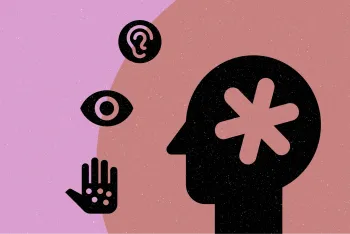Tips for Writing Effective Alt Text

Building accessible websites is essential for promoting justice and equity because it ensures that all individuals, regardless of their abilities, have equal access to information, services, and opportunities. If you are responsible for loading or creating website content, you will most likely have seen a text field in the content management system called “Alt Text”. Alt text, or alternative text, is where administrators can describe the image they upload on a page.
Why use alt text?
The benefits of using alt text consistently are significant. First, it ensures that online content is available to people with various disabilities. Assistive devices such as screen readers use alt text to convey the meaning of images, for example, by reading it aloud or rendering it into braille. Alt text also makes the content more accessible to people in remote areas or without high-speed internet, as the text will display instead when the images cannot be rendered. And finally, alt text is good for your website’s SEO as it allows images to be indexed by search engines.
Alt text best practices
The Web Content Accessibility Guidelines (WCAG) say that information online must be presentable to users in ways they can perceive with the goal being an equivalent experience for everyone. Content Management Systems such as Drupal and WordPress provide built-in fields to add alt text when you upload images.
When writing alternative text, consider these points:
- Consider which details would be most relevant based on the content of your page. What key information or descriptive details demonstrate why the image is being used?
- Aim for no longer than 100 characters. When a longer description is necessary, include it in the page content.
- End each sentence with a period to tell the screen reader the text is done.
- Avoid redundancy:
- Assistive devices will already declare that the text refers to an image, so writing “image of…” is unnecessary. Distinguishing between a photo, illustration, painting, or other image formats may be helpful (e.g. “painting of…”).
- Avoid repeating the same description in the alt text if it already appears in content close to the image or an image caption.
- Purely decorative images that do not contribute meaning do not need alt text.
- Alt texts are not captions. Screen readers will read the captions separately.
Additional resources
Resources for examples and further information:
- Best practices for describing people when writing alt text
- The case for describing race in alternative text attributes
- WebAIM’s guidance on alt text for logos
- W3C’s Complex Images Tutorial
Conclusion
Writing good alt text takes a little practice, but it’s well worth it to help ensure your content is accessible to everyone. If you are interested in an analysis of how to improve your website’s accessibility, contact us to discuss an Accessibility Audit.



